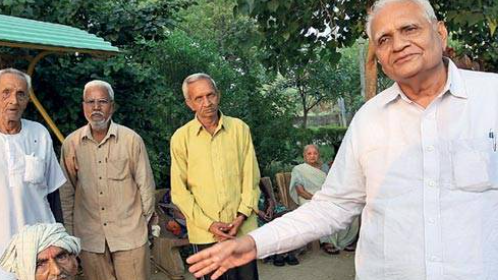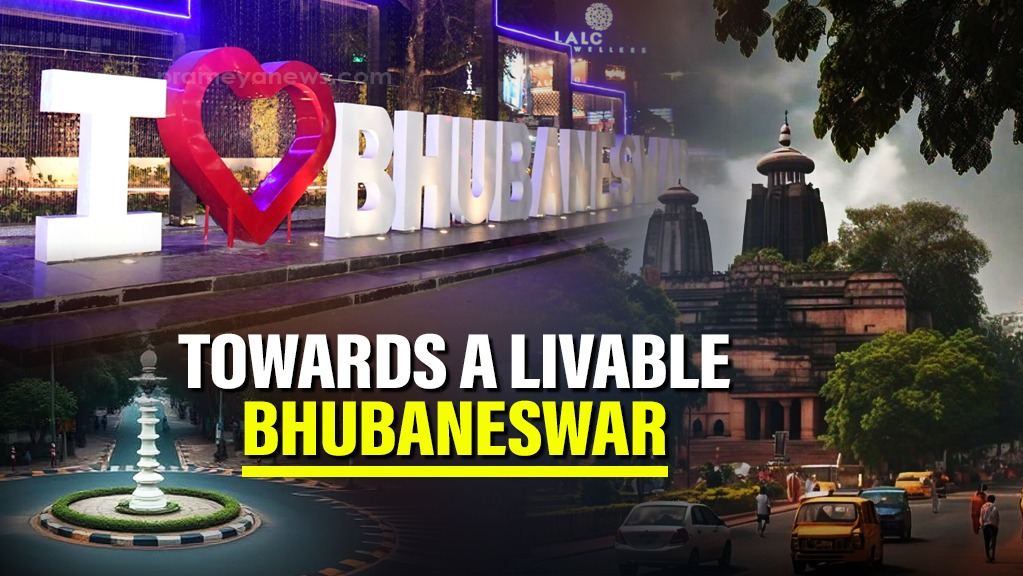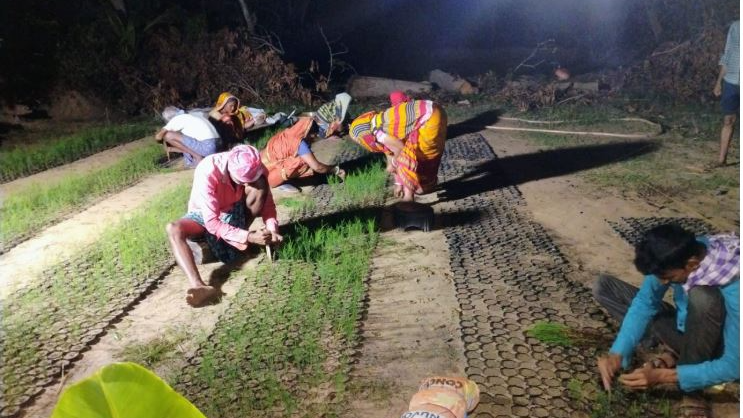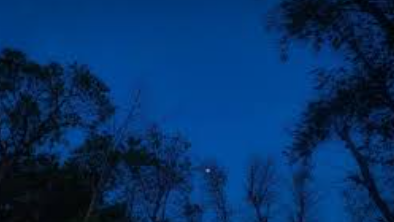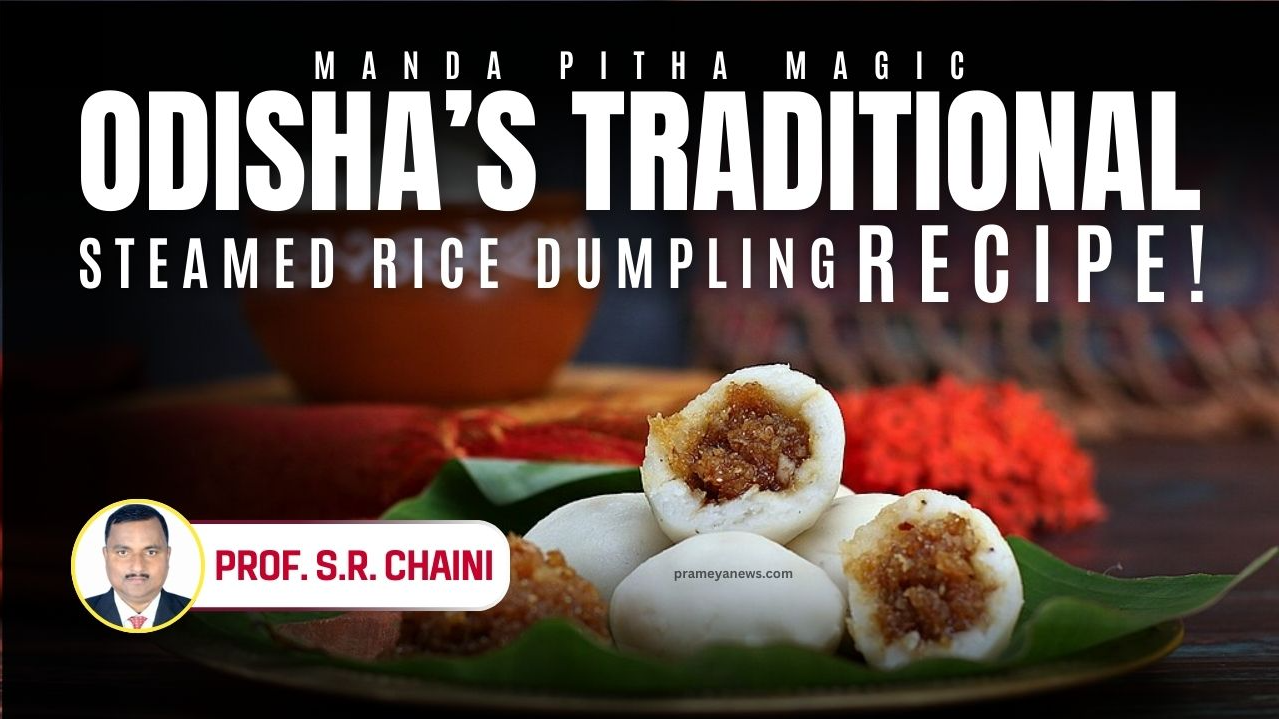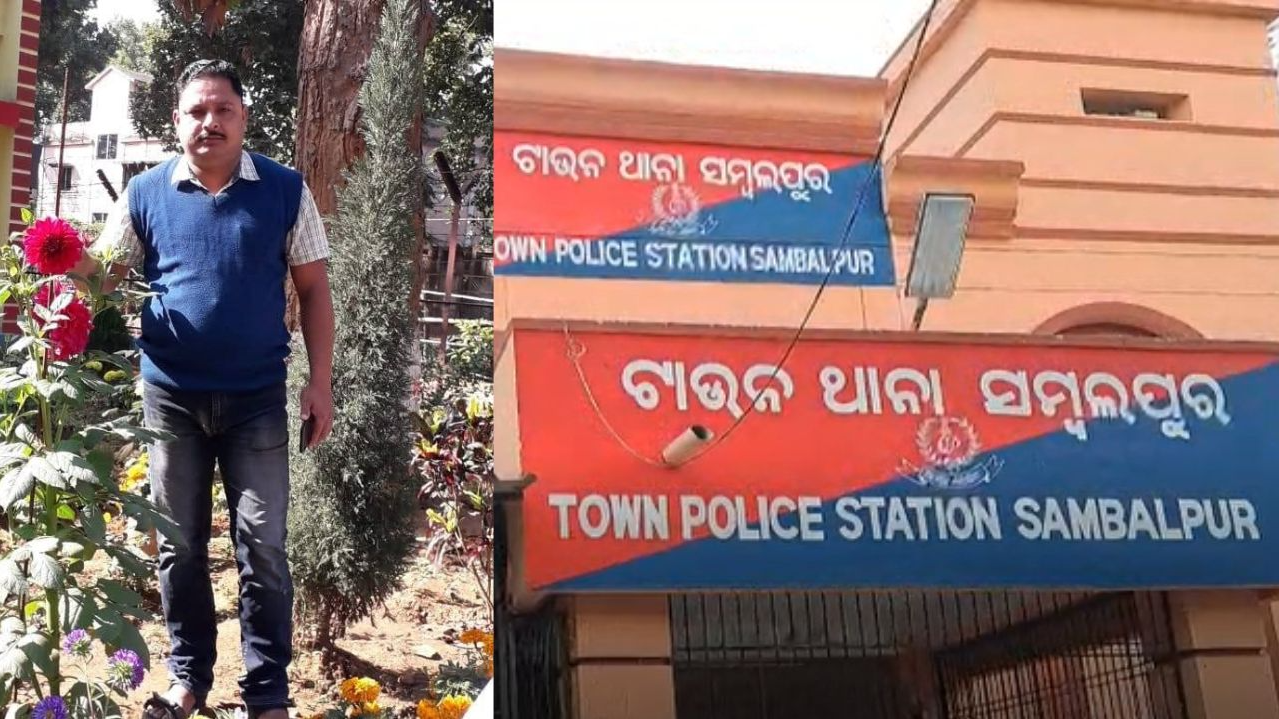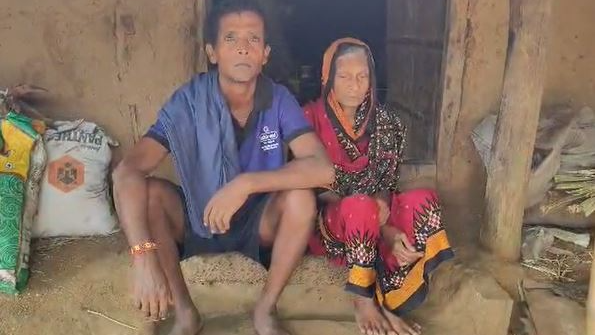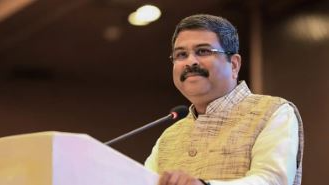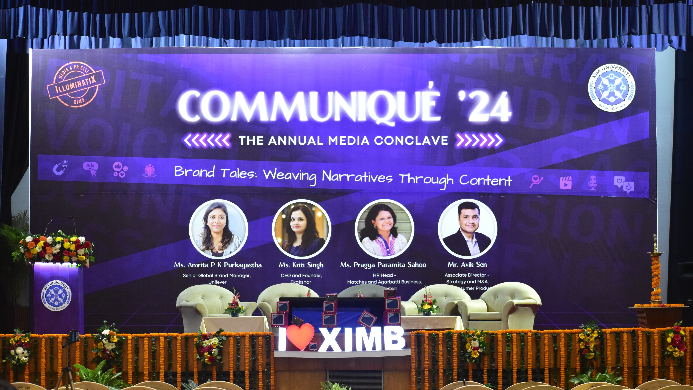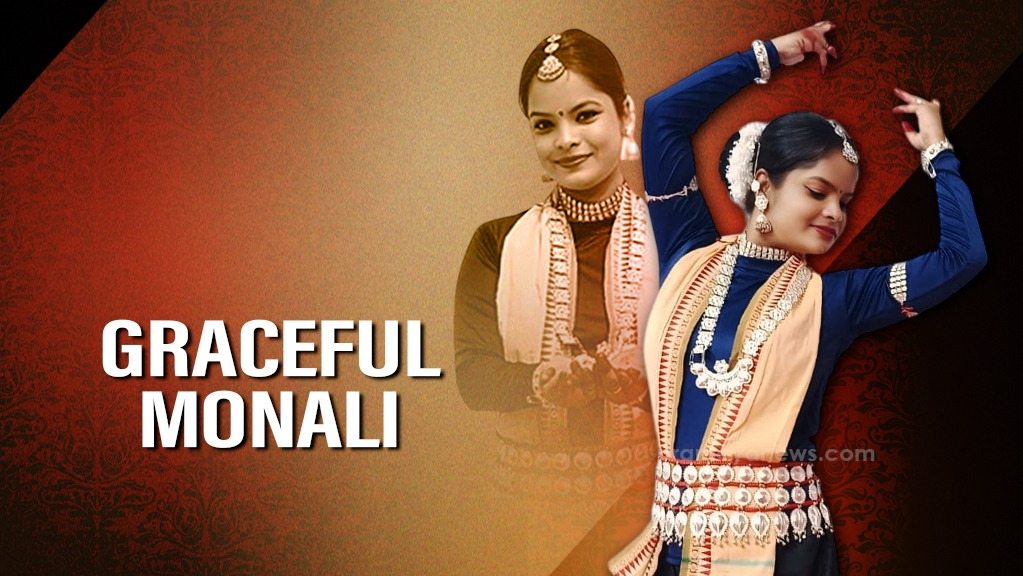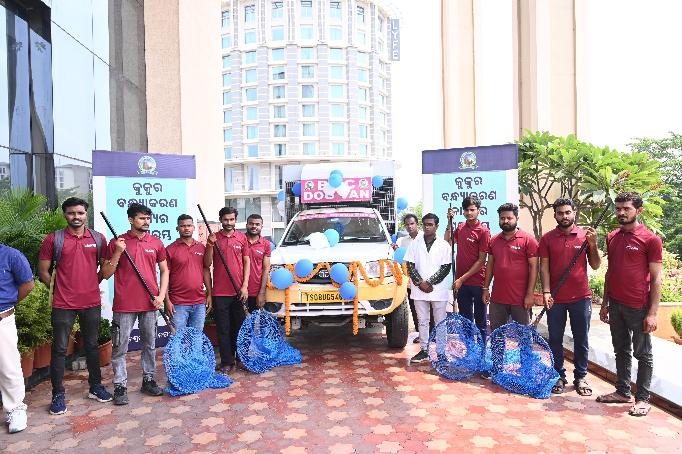Imagine a city, ephemeral yet teeming with millions. A city built not of brick and mortar, but of faith and devotion. This is the Kumbh Mela, the world's largest peaceful gathering, a breathtaking spectacle of human spirituality that unfolds at the confluence of sacred rivers in India. As a culture journalist, I've been captivated by this extraordinary event, and I'm excited to share its story with you.
The Kumbh Mela isn't just a festival; it's a pilgrimage, a living testament to an ancient tradition that continues to resonate with millions. Its roots lie deep within Hindu mythology, specifically in the legend of the Samudra Manthan, the churning of the cosmic ocean. According to this epic tale, gods and demons battled over the amrita, the nectar of immortality. During the struggle, drops of this precious elixir spilled at four locations: Prayagraj (Allahabad), Haridwar, Nashik, and Ujjain. These are the very sites where the Kumbh Mela is held in a rotating cycle, every three years at one location, culminating in the Maha Kumbh Mela at Prayagraj every 12 years.
But the Kumbh Mela is much more than just a re-enactment of a mythological event. It's a vibrant tapestry of faith, ritual, and cultural expression. Imagine saffron-clad sadhus, their bodies smeared with ash, meditating by the riverbanks. Picture the devout taking a holy dip, believing that the sacred waters cleanse them of their sins and karmic debts. Hear the chants and prayers, the ringing of bells, and the rhythmic beating of drums. This is a sensory overload in the best possible way, an experience that stays etched in your memory long after the crowds have dispersed.
The Kumbh Mela is also a melting pot of diverse traditions and beliefs. You'll encounter Naga sadhus, with their matted hair and ascetic practices, as well as various other sects and orders within Hinduism. You'll see pilgrims from all walks of life, from different corners of India and the world, united by their shared faith and devotion. It's a microcosm of Indian society, a place where differences are celebrated and unity is paramount.
From a journalistic perspective, the Kumbh Mela presents unique challenges and opportunities. Reporting from within this massive gathering requires careful planning and logistical maneuvering. But the rewards are immense. It's a chance to witness history unfold before your eyes, to capture the essence of human spirituality, and to share stories that touch the heart and soul.
Beyond the spiritual significance, the Kumbh Mela also offers a fascinating glimpse into the intricacies of faith and human behavior. It raises questions about the enduring power of belief, the role of ritual in society, and the search for meaning in a complex world. It's a living laboratory of human interaction, a place where sociologists, anthropologists, and psychologists can find rich material for study.
The Kumbh Mela isn't merely a religious gathering; it's a cultural phenomenon, a testament to the power of faith to bring people together. It's a reminder that even in our increasingly secular world, the yearning for something greater than ourselves, the search for spiritual connection, continues to resonate deeply within the human heart. As the swirling dust settles and the echoes of chants fade away, the Kumbh Mela leaves behind a profound sense of awe and wonder, a renewed appreciation for the diversity and resilience of the human spirit. It’s a story that continues to be written, a river of faith flowing through the sands of time.













